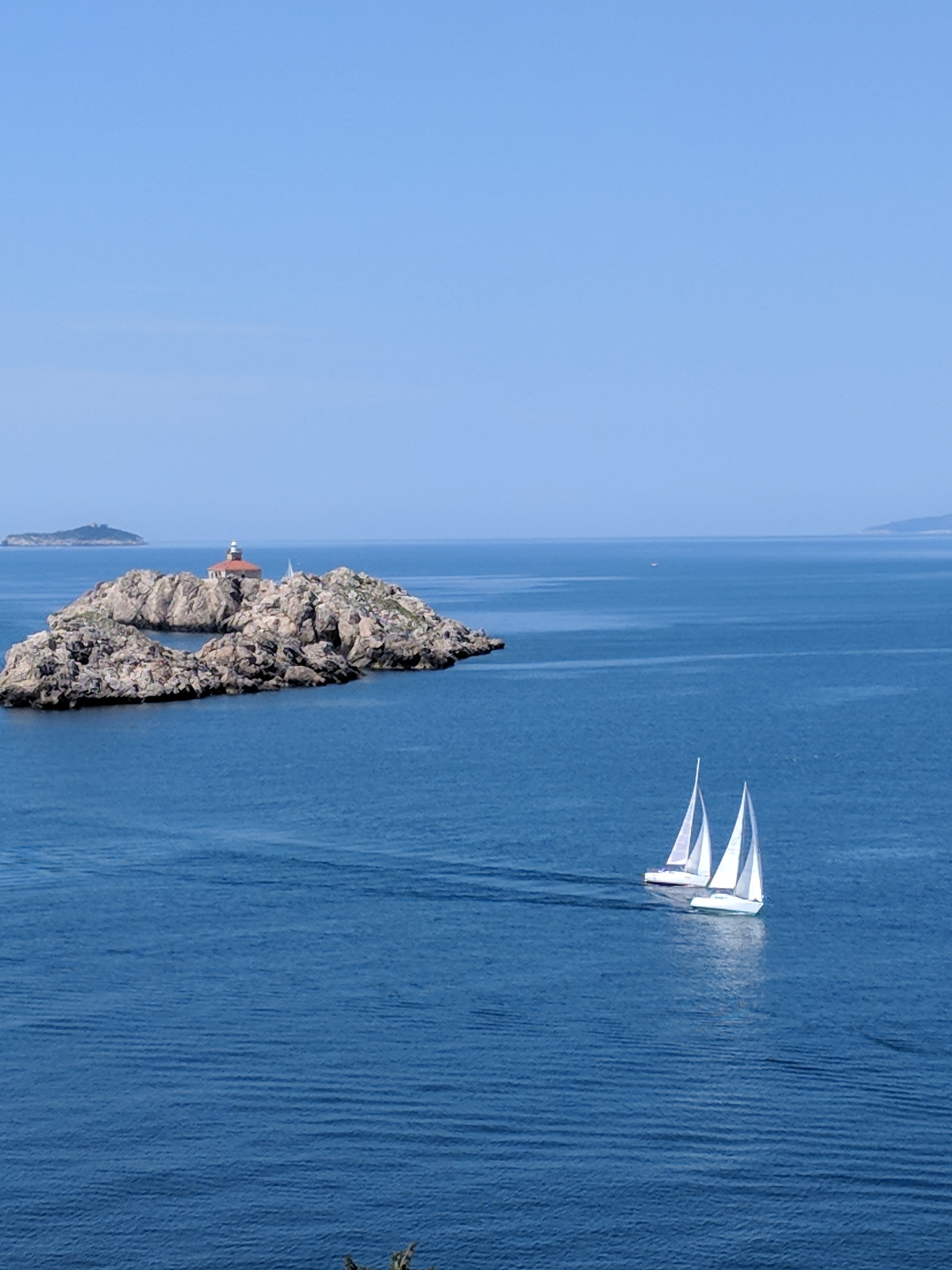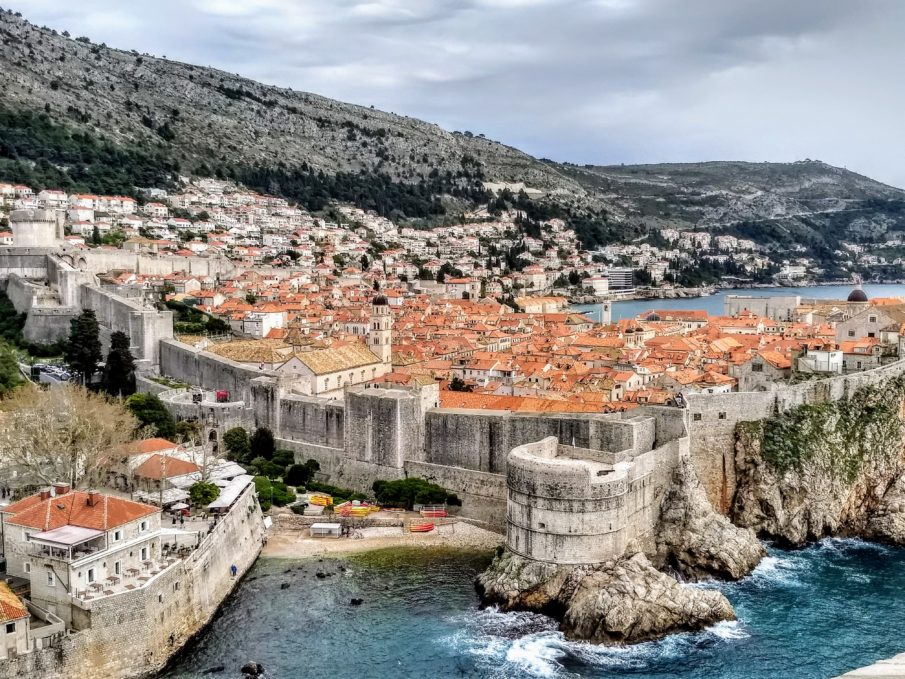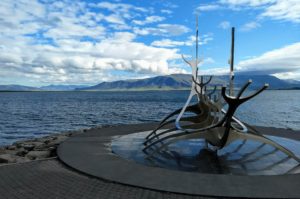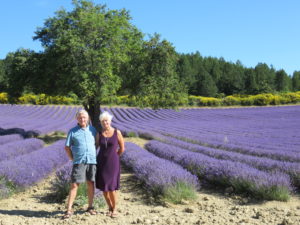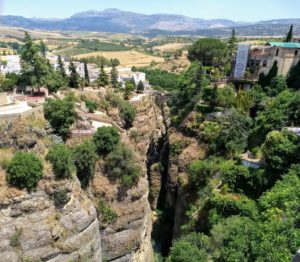During our extended stay in Croatia, we decided to add the ancient city of Dubrovnik to our list of places to visit. Dubrovnik is steeped in history and from the moment we arrived at the Pile Gate to the city wall, it felt as if we were transformed back in time. As a UNESCO site, the city was carefully restored after suffering significant bombing in the Balkan wars. The jagged Adriatic coastline, juts up from the sea and surrounds these magnificent city walls. No cars are allowed inside the walls, so you are free to roam without noisy distractions.

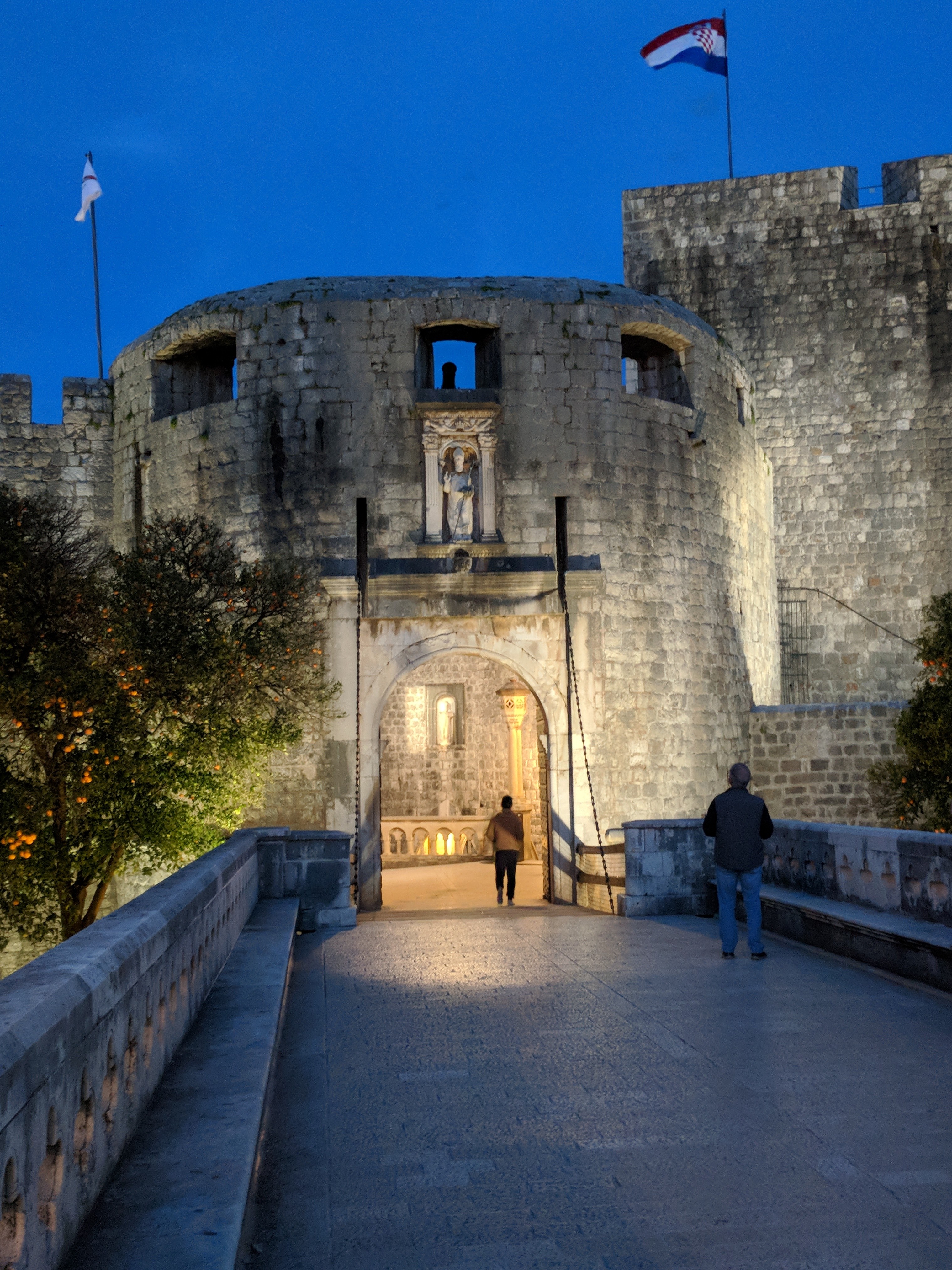
A good time to visit is between March and May, or even better, September to November. By fall the sea has warmed up and many of the summer visitors will have left. In June, July, and August the city is crammed with tourists, including those from the many cruise ships that arrive almost daily.
For example, in 2016, 529 cruise ships called at Dubrovnik, bringing 799,916 passengers, up from 475 ships in 2015 and 463 in 2014. Passengers have only three hours after disembarkation leaving them with very little time to spend money in the city. They walk the walls, buy an ice cream and very few have lunch as they get all-inclusive meals on their ships.
As quoted from a local official, some of the overheard comments in the Old Town include: “Excuse me, what country are we in?” and “What do you mean, you don’t take Euros? The whole of Italy takes Euros.”
Within the first few days of our visit in April we had noticed a sudden uptick in visitors as the cruise ships had already started to arrive, so I can only imagine what it must feel like during peak season.
There are several options for travel to Dubrovnik depending on the season, bus, airplane, or ferry. Since our trip to the city was in early April our options for transportation from Split were limited. We flew on a 19-passenger commuter plane, which only departed twice a week and completed the journey within 30 minutes. Fortunately, our flight left on a clear day so the views of the islands and mountains below were stunning. Although Spring had arrived on the coast, the mountains in the interior were still topped with snow. On our return to Split we will be taking a ferry catamaran. The ferry also has limited days of the week and times they travel in the off season. During the summer months there are numerous small ferries that run north – south and make stops on many of the islands along the way. Our catamaran will stop at several islands during the 5-hour trip from Dubrovnik to Split.
Finding a place to stay can be challenging depending on the time of year you visit. You have two options when staying in Dubrovnik, either inside the walls or outside. While both options seem ideal we decided  to stay within the city walls. We’ve had good luck booking through Airbnb and due to the length of our stay we preferred a few extra amenities. Having a place with a kitchen to cook some meals helps cut down on costs and quite frankly, it’s nice to not be eating out every meal. Having an apartment within the city walls was convenient and allowed us to explore the streets easily. One thing we hadn’t expected was that many apartments in Croatia don’t include coffee making options. They provide instant coffee. Croatians have a strong coffee culture, so we were very surprised this didn’t translate into the rental market. So back in Split we purchased a Pyrex coffee press which will be staying with us during the duration of our trip.
to stay within the city walls. We’ve had good luck booking through Airbnb and due to the length of our stay we preferred a few extra amenities. Having a place with a kitchen to cook some meals helps cut down on costs and quite frankly, it’s nice to not be eating out every meal. Having an apartment within the city walls was convenient and allowed us to explore the streets easily. One thing we hadn’t expected was that many apartments in Croatia don’t include coffee making options. They provide instant coffee. Croatians have a strong coffee culture, so we were very surprised this didn’t translate into the rental market. So back in Split we purchased a Pyrex coffee press which will be staying with us during the duration of our trip.

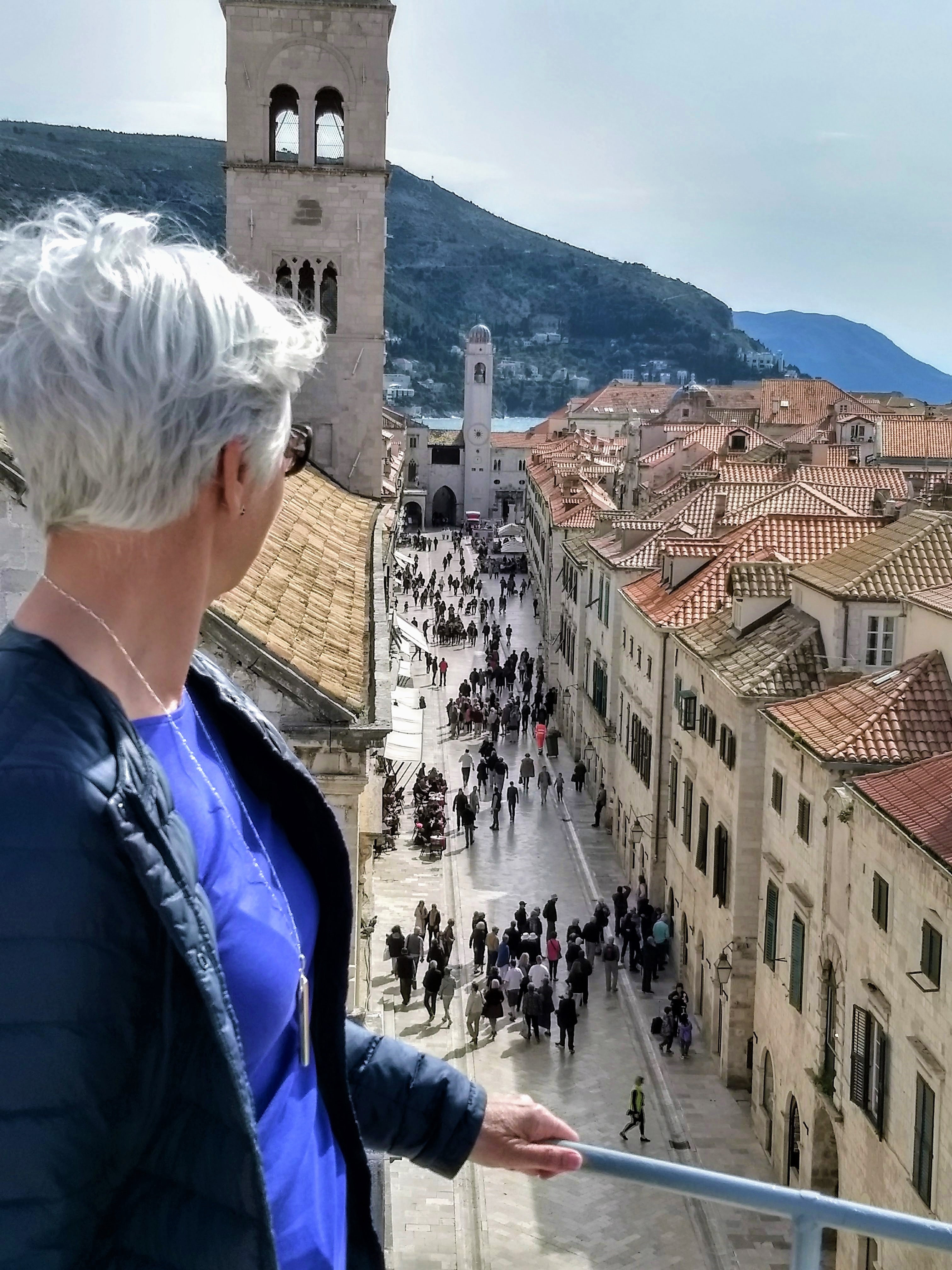
Our apartment was situated two streets away from the main thoroughfare of Stradun and minutes from the entrances of the Ploče and Pile Gates. Many shops and restaurants are located on the Stradun but venturing into the back streets you’ll find some of the gems of the city.
We’re probably the only two people who have never seen Game of Thrones so our reason for visiting had nothing to do with the series. Our reason for visiting was to walk the amazing walls, experience some beautiful architecture and learn a bit more about the interesting history of this beautiful part of the Adriatic.

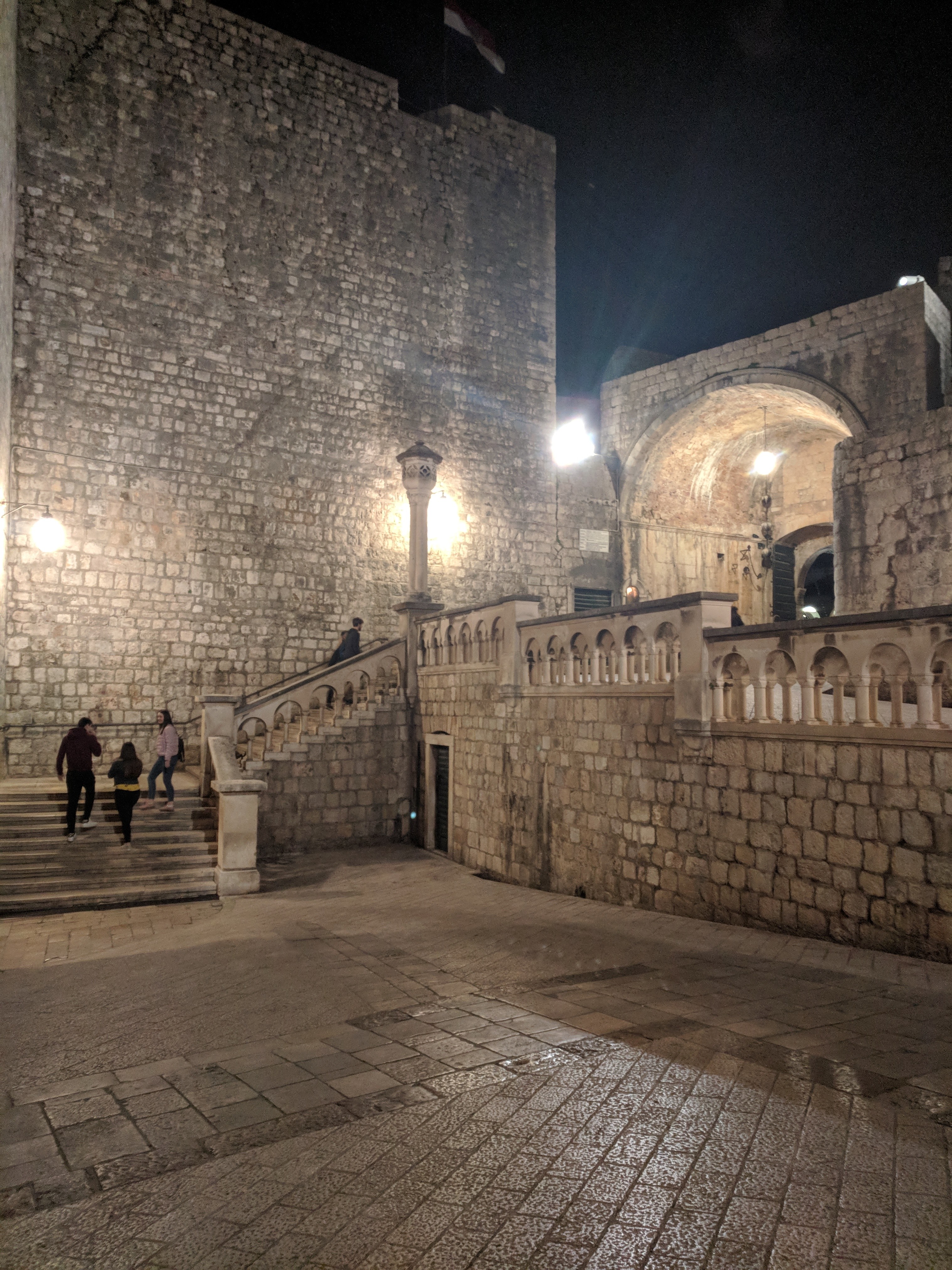
We decided to walk the city walls in the morning, thus avoiding the crowds. The walls, which are 13-20 feet (4-6 meters) thick in places, are navigated in one anti-clockwise direction. Allowing time to stop and take photos walking the entire circle takes around 2 hours. The city wall has a grand-total of 1,080 steps.

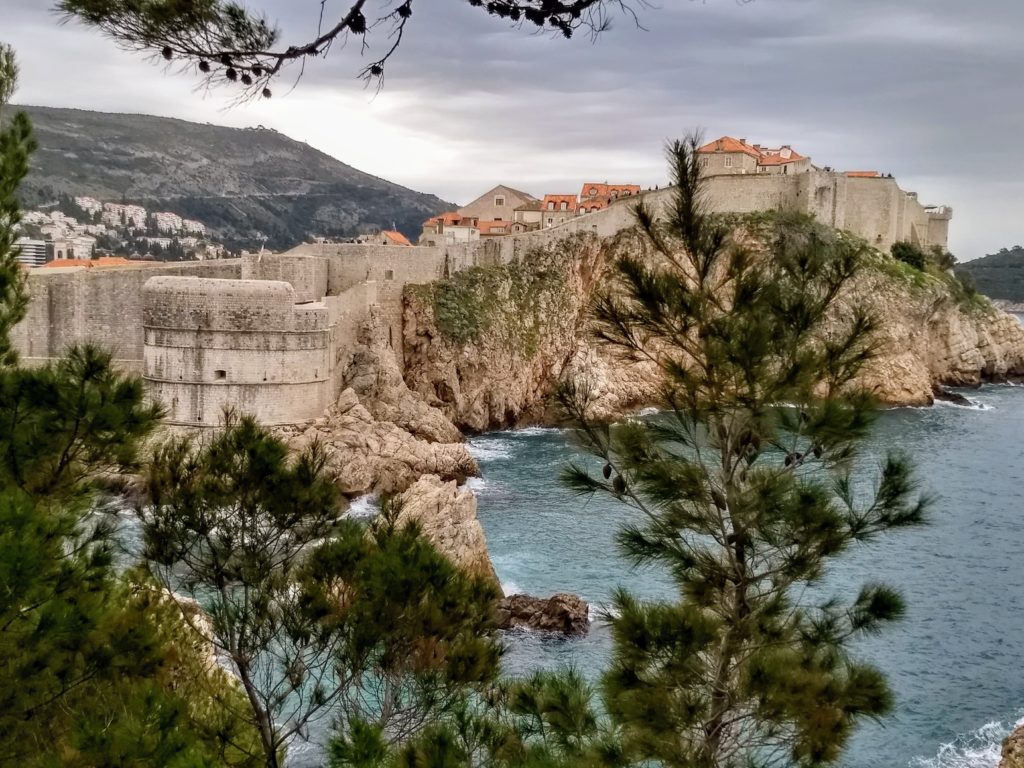
Some of the most beautiful views can be seen from various points along the walk. Picturesque terracotta rooftops, church spires, and the network of streets and gardens below are awe inspiring. The views of the beautiful blue Adriatic, and the island of Lokrum are always within clear view.
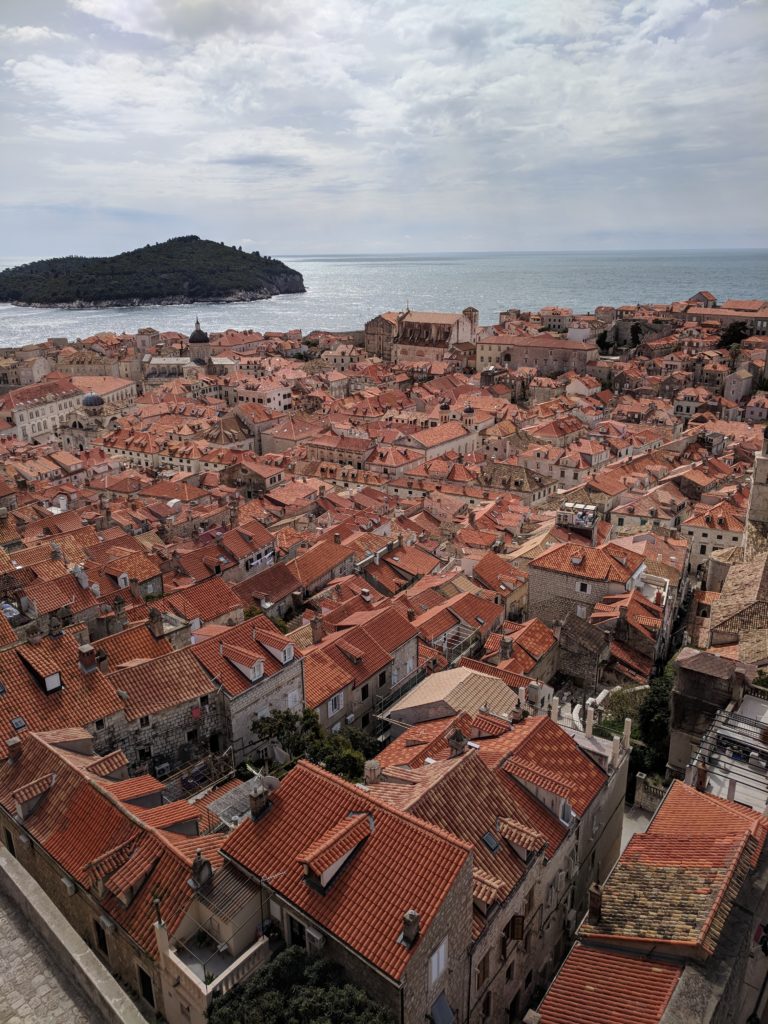
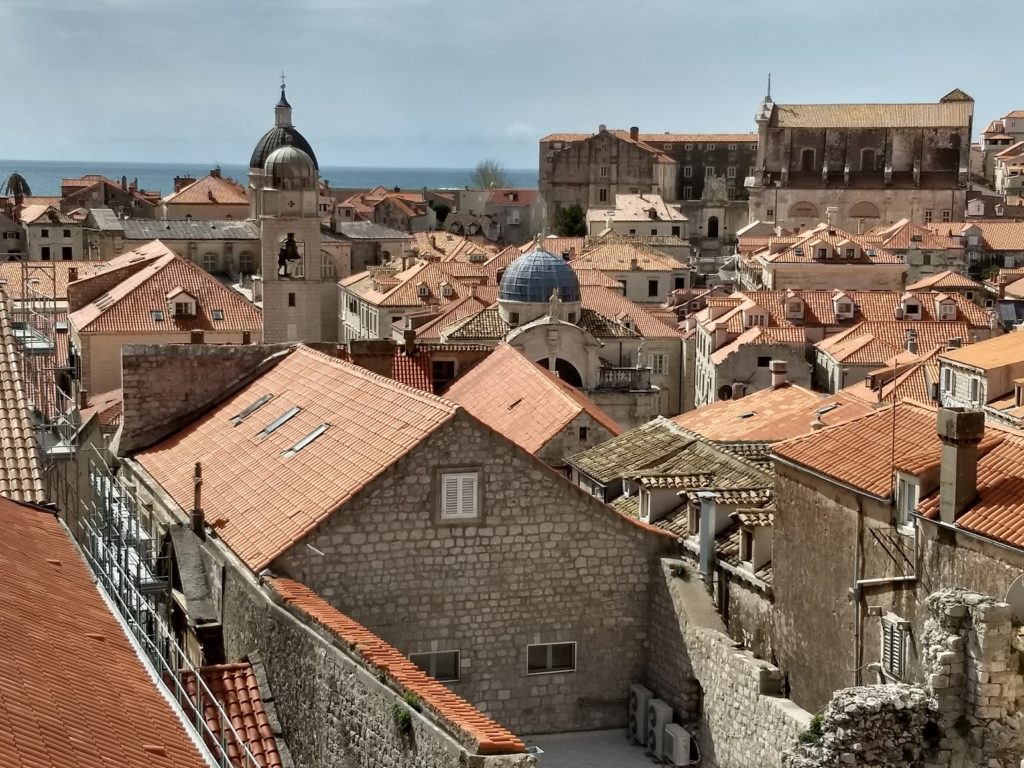
Once we had navigated the city from above it was time to explore from below. Exploring the city in the day or night provides a unique and different experience. The city is unusual in that the area within the walls is bowl shaped. You descend from above down steep stairs that eventually lead to the main city center. Before visiting the city, you should know that stairs and steps are everywhere. As the city is built on a hill this shouldn’t be a surprise.
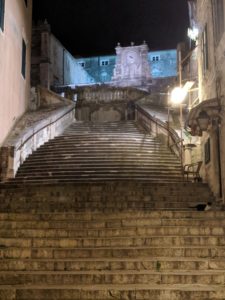
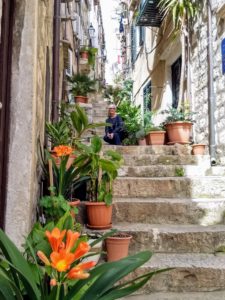
Spend some time exploring and walking down every street. This is a beautiful old city and not everything that you need to see sits at the street level, remember to look up. So much of what the city has to offer is happening overhead. Stone and iron balconies, magnificent facades with beautiful architectural details can be found. Beautiful small churches are interspersed with homes, restaurants, and city buildings. Small cutouts and passage ways between houses seem to provide a network for the cats to explore as well. Cats are everywhere in Croatian cities.


Outside the walls is the Lovrijenac (St. Lawrence) Fortress. This place was originally a church, but was turned into a commanding fortress, used to defend the city from attacks by sea.

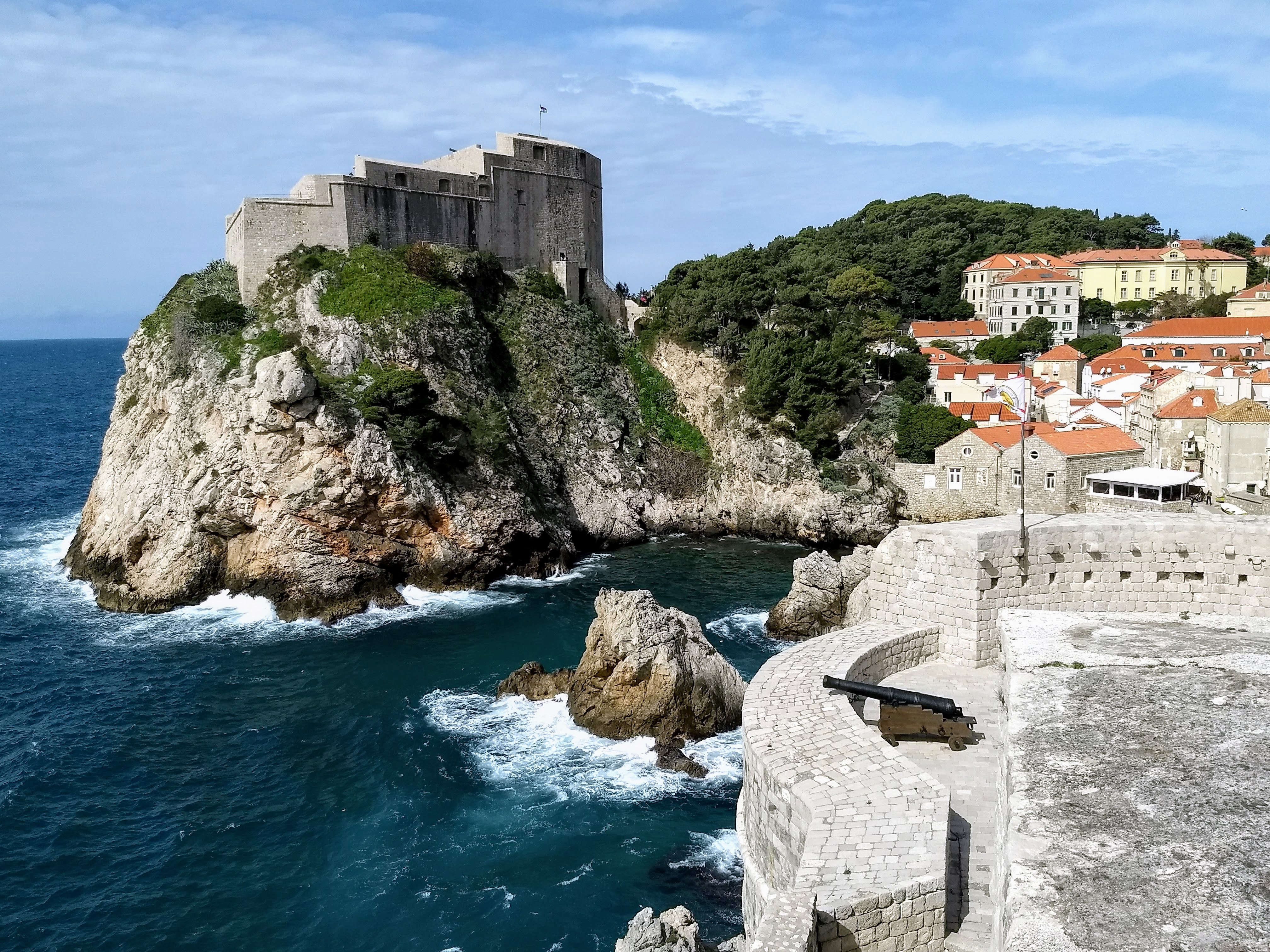
After exploring much of the city we decided to head up Mt. Srdj, the mountain which stands just north of the city. You can access the mountain via cable car but we opted to hike to the top. It was an excellent hike and the views on each bend were amazing. The hike was fairly easy and provided spectacular views of the city and north towards the many islands up the Dalmatian coast. At the switchback turns was an artistic display of one of the 14 Stations of the Cross and wooden crosses were placed along the path, as well. Organized pilgrimages are made from the bottom of the hill to the cross at the top.
If you feel the urge to escape the surge of tourists a quick bus ride to the Lapad Peninsula to relax on the pebbled beaches or walk along the coastal promenade is an easy option. Bus services are the main transportation in Croatia, as well as the ferries all along the Dalmatian coast. Day trips to the surrounding islands are offered and can provide you with a welcome break from the crowds.
We’ll be visiting other parts of Croatia, stay tuned for our next post.

